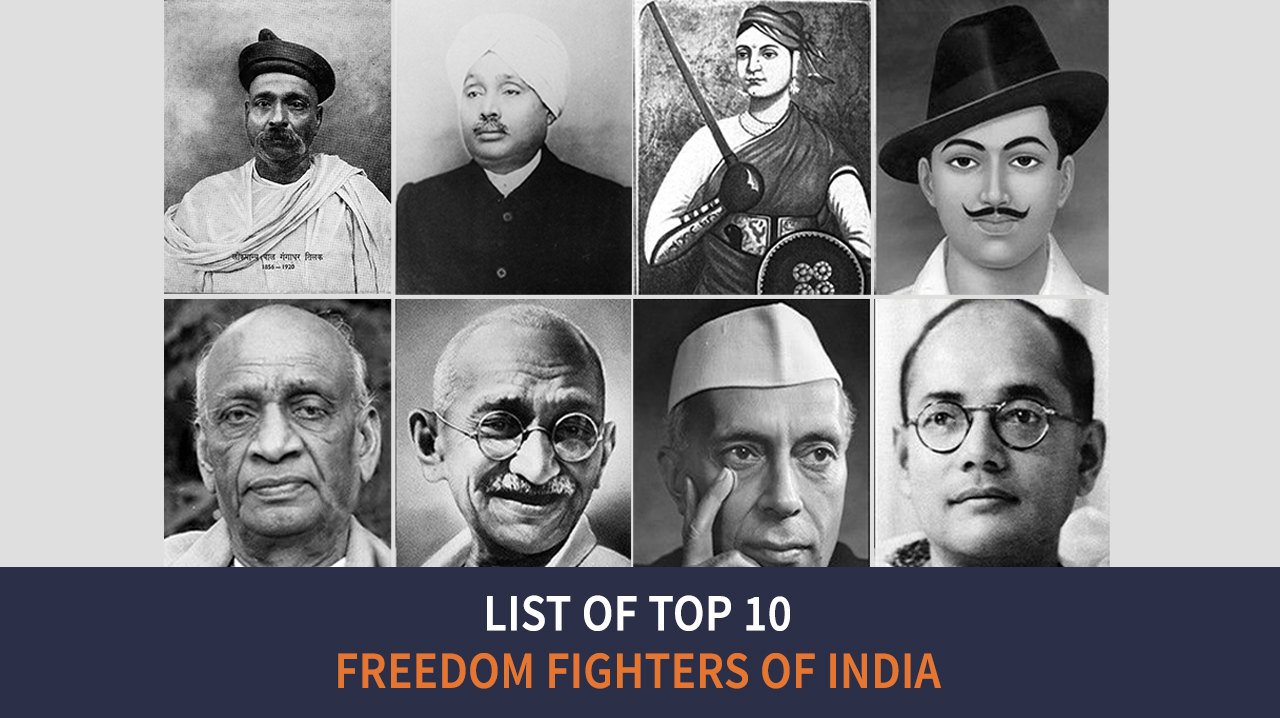List Of National Symbols Of India With Images

Our national symbols represent the rich cultural heritage and traditions of our country. In total, there are 17 national symbols of India, each of which upholds the integrity of our country. These symbols are elements of national significance, and every citizen of India must be well aware of the symbols. Students of all ages should also be aware of the national symbols as they frequently come in their examinations.
The national symbols, including the national animals of all countries, are chosen to portray a positive image of the country. Each of these symbols reflects the beliefs and cultures of our country. So, if you are still aware of the different national symbols of our country, then this is indeed the ultimate destination for you as here we are going to talk to you about all the national symbols of our country and their significance:
National Flag Of India
1. Tiranga
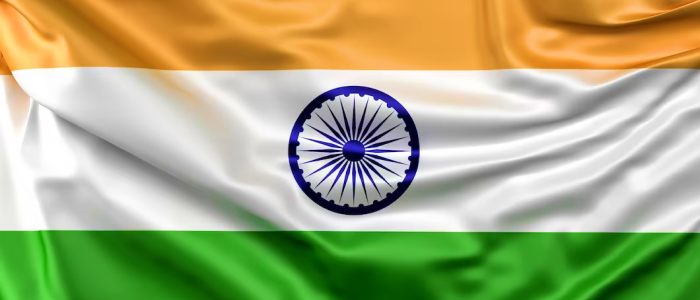
Pingali Venkayya designed the Indian tricolour, and it was adopted as the national flag by the Constituent Assembly on 22nd July 1947. The flag is hoisted on different occasions of national importance.
Significance:
Each of the colours in Tiranga has a different significance. The saffron on top represents courage and strength, while the middle wideband represents truth and peace. The green colour at the bottom represents growth and fertility. There is also the blue chakra at the centre with 24 spokes.
National Song Of India
Vande Mataram

The national song was composed by Bankim Chandra Chatterjee in Sanskrit in 1950. It claims a high status in the history of our country and is often sung on various occasions.
Why:
The song had a huge role in India's freedom movement.
National Currency Of India
The Indian Rupee
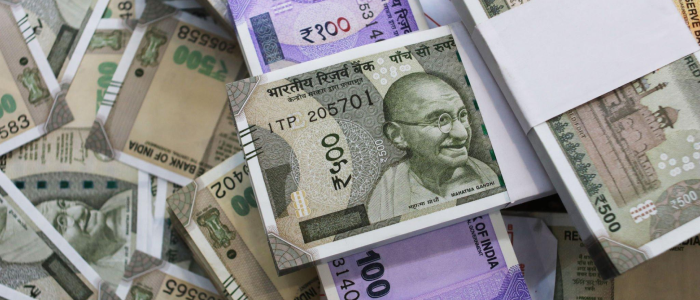
The Indian Rupee is the national currency of India. The issuance of the currency is under the control of The Reserve Bank of India. The symbol of Indian Rupee ₹ is obtained from the Devanagari script, and it was adopted in 2003.
Why:
The Indian Rupee holds the stature of the national currency because of its historical and cultural significance.
National Animal Of India
Royal Bengal Tiger

The Royal Bengal Tiger was adopted as the national animal in 1973. The animal is known for its courage and bravery. Proper to the Royal Bengal Tiger, the lion was our national animal. The Royal Bengal Tiger also comes under the list of national animals of Bangladesh.
Why:
Royal Bengal Tiger signifies strength, courage, and power.
National Bird Of India
Peacock
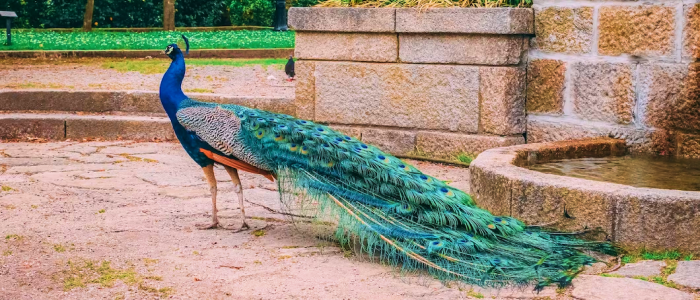
Peacock was adopted as the national bird on 1st February 1963 and is found in various areas of the Indian subcontinent. The bird is known for its grace and vibrant colours.
Why:
Peacock is closely associated with Indian culture, mythology, and heritage.
National Aquatic Animal Of India
Dolphin

Dolphins are mainly found in the Ganges and are known for their beauty and grace. They are also getting scarce with every passing day.
Why:
The dolphin was chosen as the national aquatic animal because of its ecological significance.
National Fruit Of India
Mango

Mango is known as the king of fruits and is quite popular among the people of India because of its extraordinary flavours and sweet fragrance.
Why:
Mango represents the richness of our country.
National Flower Of India
Lotus
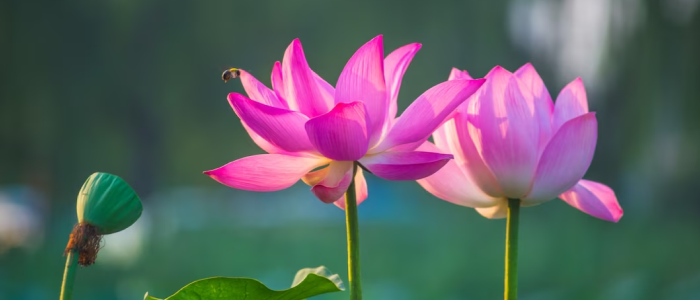
The lotus is an aquatic plant with a sacred status in India. It is quite mesmerising to look at and is found in different corners of India.
Why:
It symbolises spirituality, illumination and purity.
National Plant Of India
The Indian Banyan Tree

The Indian Banyan is also known as the tree of wish fulfilment. It is associated with longevity and is known to have several magical properties. It is all a habitat for a lot of animals and birds.
Why:
The Indian Banyan tree has ecological and religious significance.
National River Of India
Ganges

The Ganges spreads across various regions in India and is also the most sacred river on Earth. It is worshipped as a God by a lot of people.
Why:
The Ganges has a sacred stature in India.
National Reptile Of India
The King Cobra

The King Kobra is the world's longest venomous snake and can grow up to 19 feet. It is extremely poisonous. The snake is also known as the king of Nagas.
Why:
The King Cobra has an important part in Indian mythology
National Heritage Animal Of India
Elephant
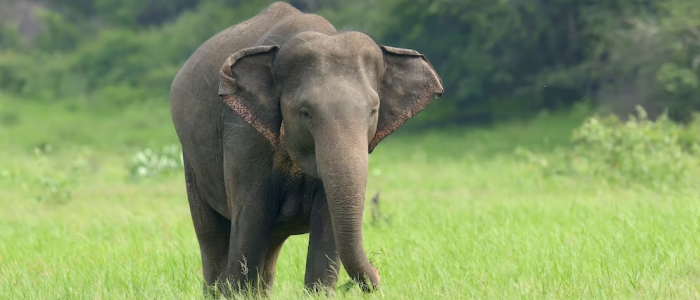
The elephant is known for its strength and royalty. It is currently listed as one of the endangered species of India, and its habitat is fast shrinking.
Why:
The elephant is a symbol of prosperity and wisdom.
National Calendar Of India
Saka Calendar
The Saka calendar was introduced in 1957 by the Calendar Committee. The use of the Saka calendar as the National Calendar of India started on 22nd March 1957.
Why:
The Saka Calendar was adopted as the national calendar to preserve Indian culture and traditions.
Oath of Allegiance
The Pledge
The Pledge is often recited in public events like Independence Day and Republic Day. The pledge was composed by PG Venkata Subba Rao in 1962 and was first read in 1963 as our oath of allegiance.
Why:
The pledge reflects our devotion to our country.
And these are the different national symbols of India that you need to know. To know more about the national animals of all countries, keep visiting us.









